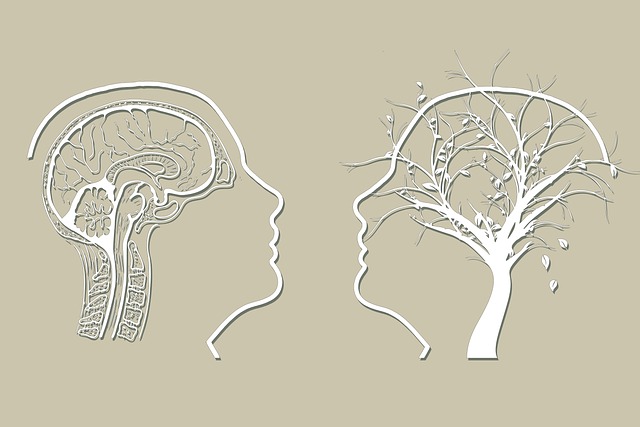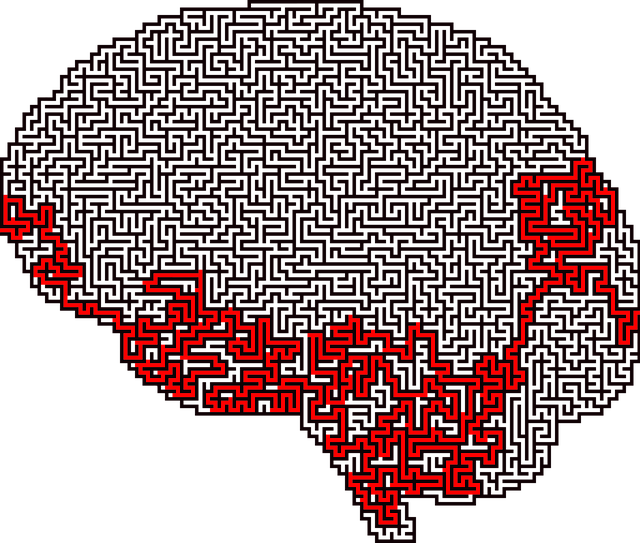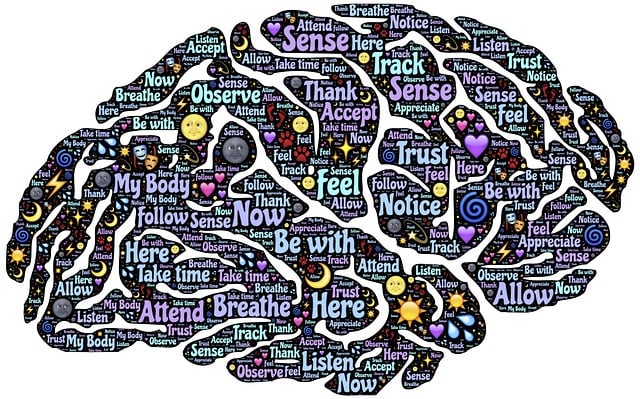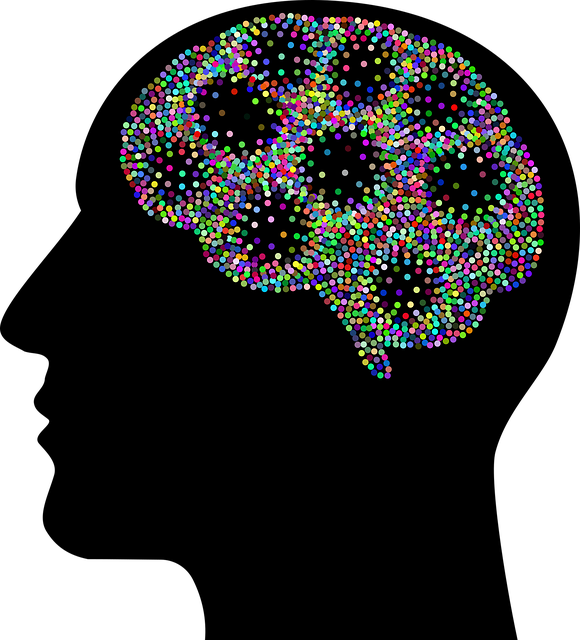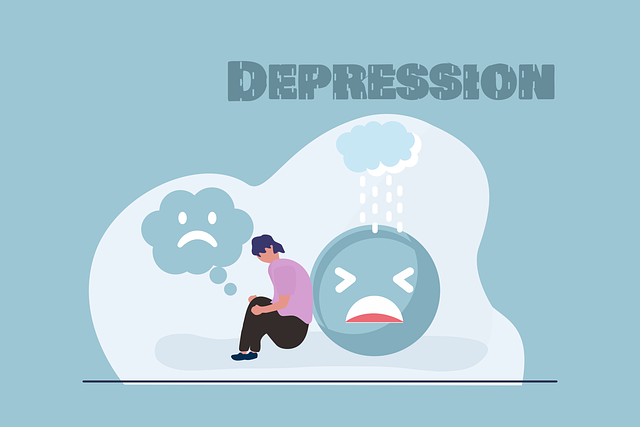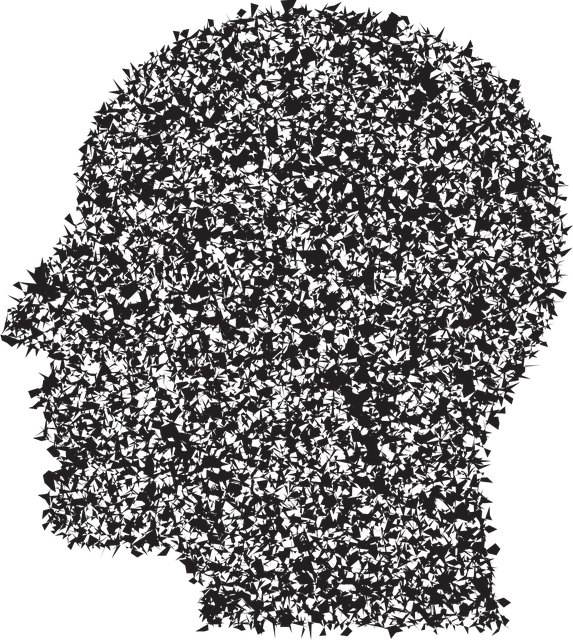Community outreach programs play a vital role in addressing the unique challenges of Autism Spectrum Disorder (ASD) by providing Therapy for Autism Spectrum Disorder tailored to individual needs. These initiatives include self-awareness exercises, social skills training, and emotional healing processes. By fostering inclusivity, understanding, and mental health education, these programs enhance self-care and overall wellness for individuals on the ASD spectrum. Effective strategies involve identifying underserved groups, leveraging multi-faceted communication plans, building strong partnerships, and regularly evaluating outreach methods based on feedback and participation rates. Measuring success through robust evaluation methods ensures the impact and effectiveness of these initiatives in supporting folks with ASD within their communities.
Community outreach programs play a pivotal role in supporting individuals on the Autism Spectrum Disorder (ASD) journey. This article delves into the multifaceted benefits of such initiatives, offering a comprehensive guide for professionals and organizations aiming to enhance ASD individuals’ lives. From understanding the unique challenges to designing effective strategies and building community partnerships, we explore proven methods for successful outreach. Learn how these programs facilitate access to vital therapy for autism spectrum disorder while fostering inclusion and improving overall well-being.
- Understanding Autism Spectrum Disorder: Challenges and Needs
- Benefits of Community Outreach Programs for ASD Individuals
- Designing Effective Outreach Strategies: A Step-by-Step Guide
- Building Partnerships: Collaborating with Local Communities and Organizations
- Measuring Success: Evaluating the Impact of Outreach Initiatives
Understanding Autism Spectrum Disorder: Challenges and Needs

Autism Spectrum Disorder (ASD) presents a unique set of challenges and diverse needs within communities. Understanding ASD involves recognizing its wide range of manifestations, from subtle social differences to more severe communication barriers and sensory sensitivities. Individuals with ASD often require tailored support to navigate their daily lives effectively.
Community outreach programs play a vital role in addressing these needs by providing access to therapy for Autism Spectrum Disorder. Such initiatives can offer Self-Awareness Exercises to help individuals on the spectrum better comprehend their own behaviors and strengths. Additionally, Social Skills Training is crucial for fostering meaningful interactions with peers and community members. Moreover, integrating Emotional Healing Processes into outreach programs can significantly contribute to the overall well-being of those with ASD, promoting a sense of belonging and self-acceptance.
Benefits of Community Outreach Programs for ASD Individuals

Community outreach programs play a pivotal role in enhancing the lives of individuals on the Autism Spectrum Disorder (ASD) spectrum. These initiatives offer a unique and powerful approach to providing therapy for autism, addressing not just the symptoms but also the underlying social and emotional challenges faced by those with ASD. By bringing support directly into the community, these programs create an inclusive environment that fosters growth and understanding.
Incorporating activities like social skills training, communication workshops, and recreational events designed specifically for ASD individuals, outreach programs contribute to improved mental health education. They also serve as a crucial platform for trauma support services, helping individuals process and overcome any past traumas or sensory sensitivities. Moreover, the personal connections formed through community engagement can lead to better access to mental wellness coaching programs, ultimately contributing to enhanced self-care and overall mental wellness development.
Designing Effective Outreach Strategies: A Step-by-Step Guide

Designing effective outreach strategies is a crucial step in implementing community programs for Therapy for Autism Spectrum Disorder (ASD). The first step involves identifying the specific needs and challenges within the target community. This may include conducting surveys, focusing on groups often underserved or overlooked, such as rural communities or minority populations. By understanding their unique circumstances, you can tailor your program to offer relevant support, whether it’s specialized education, social skills training, or access to essential services like Mindfulness Meditation and Trauma Support Services.
Next, create a multi-faceted plan that combines various communication channels. This could mean leveraging social media, community events, partnerships with local schools and healthcare providers, or even peer support networks. For instance, incorporating Mood Management techniques through workshops or online resources can empower individuals on the ASD spectrum to better navigate their emotional states. Ensure your strategy is inclusive, easily accessible, and culturally sensitive. Regularly evaluate and adapt your outreach methods based on feedback and participation rates to continually improve the impact of your community programs.
Building Partnerships: Collaborating with Local Communities and Organizations

Building strong partnerships with local communities and organizations is a cornerstone of successful community outreach programs, especially when addressing specific needs like therapy for Autism Spectrum Disorder (ASD). By collaborating closely, these entities can leverage shared resources, expertise, and networks to create holistic support systems. For instance, schools, healthcare providers, and local non-profits can work together to organize workshops on mindfulness meditation and stress management tailored for individuals with ASD, enhancing their mood management skills and overall well-being.
Such partnerships facilitate the integration of various services, ensuring that participants gain access to not just therapy for ASD, but also complementary practices like mindfulness meditation for improved focus and emotional regulation. This collaborative approach fosters a sense of community support and empowers individuals on the autism spectrum to navigate daily challenges more effectively.
Measuring Success: Evaluating the Impact of Outreach Initiatives

Measuring success is a crucial step in evaluating the impact and effectiveness of community outreach initiatives, particularly when focusing on Therapy for Autism Spectrum Disorder (ASD). By implementing robust evaluation methods, organizations can assess whether their programs are achieving the desired outcomes for individuals with ASD and their families. This involves collecting data before, during, and after the intervention to track progress and identify areas that need improvement.
One way to gauge success is through qualitative assessments, such as interviews or surveys, which provide insights into participants’ experiences and perceptions of the program’s benefits. Additionally, quantitative measures like tracking improvements in communication strategies or mindfulness meditation practices can demonstrate tangible results. A comprehensive evaluation should also consider the overall reach and engagement within the community, ensuring that the outreach program has successfully connected with individuals who may have otherwise been underserved.
Community outreach programs play a pivotal role in enhancing the lives of individuals on the Autism Spectrum Disorder (ASD) by offering tailored support and therapy. By implementing effective strategies, partnerships, and measurement techniques, these programs bridge the gap between isolated communities and essential resources. The benefits are profound, from increased social integration to improved access to specialized care, ultimately fostering a more inclusive society for folks with ASD.
